WorldFirst Australia business review. The lowdown
If you run a business that deals with international trade, you know the importance of finding a service provider that makes international payments and foreign...

As a business, you probably have experience invoicing UK customers. But when it comes to invoicing customers abroad, there are many differences you need to keep in mind. If you’re not familiar with it, navigating these choppy waters can be tough.
To help you out, here’s a guide for UK companies selling goods or services to customers elsewhere in the EU - and some of the most common scenarios you’ll encounter.
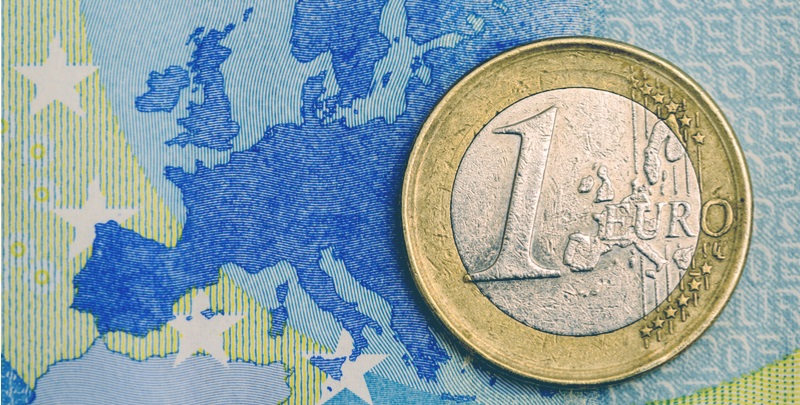
The first thing to check is if your customer is based in one of the EU’s member states.
Currently the 27 EU member states, minus the UK, are:

You can invoice in whatever currency you and your customer agree on. The only condition is that tax due is shown in the local (your) currency – in this case, pounds sterling.
Nineteen of the EU states use the Euro as their only currency, and they are as follows:
The other EU member states have their own national currencies.

EU regulations state you need to issue an invoice — either electronically or on paper — whenever you supply goods, render services, or receive payment on account. If you’re issuing electronically, make sure to let the customer know in advance you won’t be sending a hard copy.
You can issue summary invoices, provided you do so at least once a month.
Credit and debit notes have to follow all the same rules.
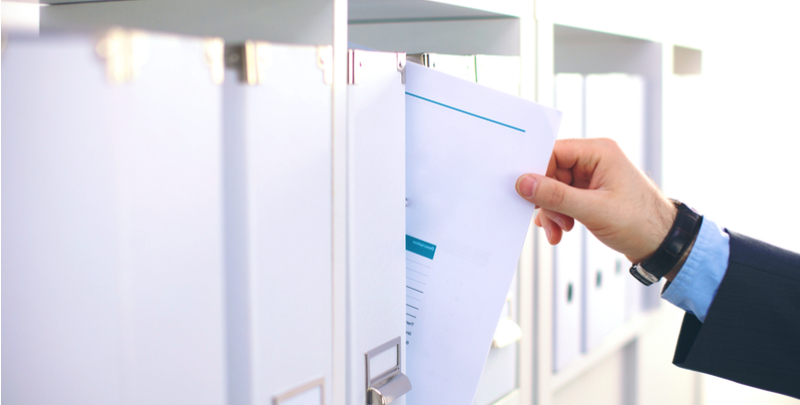
For UK tax and VAT purposes, you should keep both sales and purchase invoices for at least six years.
If you’re registered for VAT MOSS (Mini One Stop Shop), you’re required to keep records for ten years. The MOSS service is for businesses that sell digital services to consumers elsewhere in the EU.
You can store the invoices wherever you wish, but you’ll need to ensure the integrity and readability of the data. You’ll also need the ability to access them at any time without delay; HMRC can visit your business to ensure your records are in order.
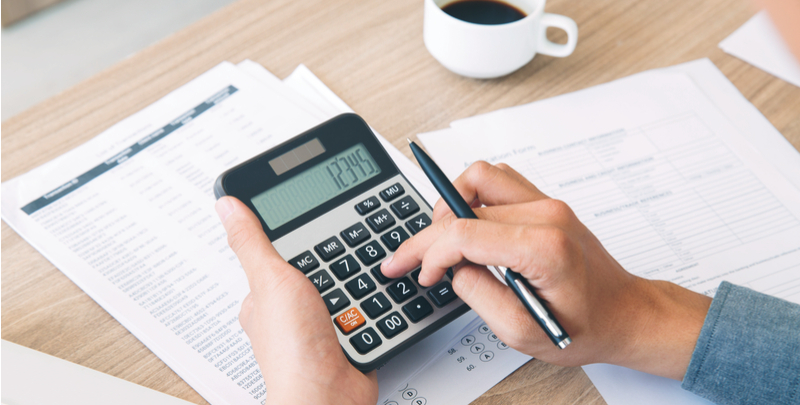
The details of charging VAT differ depending on if you’re selling goods or providing services.
If you’re not registered for VAT, you should never charge VAT. Avoid confusion by not mentioning VAT on your invoices.
Most sales of goods to another EU member state are exempt from VAT under Article 138 of the EU VAT Directive. That means you show the VAT payable as zero and make a note on the invoice. The next section will give more information on what goes on the invoice.
There are some exceptions - including invoices for second-hand goods and means of transport. So it’s always worth checking with a qualified accountant who specialises in VAT.

To comply with EU regulations, here’s what you should include on your invoice:
If - and only if - you’re registered for VAT, you should also include:
Finally, you may want to add further information for your customer’s benefit, or your own. For example, you might include a purchase order number or a phone number for any queries.

You must also consider how you want to be paid.
If you’re invoicing in sterling, then there’s no exchange rate risk because your customer will be paying in your local currency.
If you’re invoicing in another currency but being paid in pounds, your bank will charge for changing that money into sterling.
Usually there’s a set fee for exchanges — however, there’s also an additional profit added in by banks and money transfer services, which is much higher. Companies who routinely make international transfers give their customers a worse exchange rate than the one you can find on Google or with online currency converters. If you research the amount you should receive, and the amount you actually receive, you’ll notice banks and transfer services take large cuts via poor exchange rates. This means overall charges stack up quickly.
If you want to avoid high bank charges and unfair exchange rates and save a lot of money, use Wise to request your payment. You’ll get a unique link to add to your invoice. Your customer will need to sign up for Wise or download the app — from there, they can click on the link and see your request. If they are paying from a business, a heads up they will need to go through business verification first. But once they’re all set up, they can pay your request links any time.
Or, better yet, create a Borderless account where you can get paid like a local and generate bank details for the EU, the US and the UK. You’ll sign up, add a profile for business, go through a one-time verification process, and then you’re all ready. As an added bonus, you can also store and pay out your money in dozens of currencies.
Like with all other international payments on Wise — you and your customer always get the real mid-market exchange rate — the same one you find on Google. Which means Wise may save you up to seven times as much than if you had just used your bank.
Make sure you don’t lose out when you’re invoicing across Europe.

It’s important to know this article covers the most common situations but isn’t meant to serve as a substitute for a professional. If yours is more complicated in any way, it’s essential to get advice from an expert.
*Please see terms of use and product availability for your region or visit Wise fees and pricing for the most up to date pricing and fee information.
This publication is provided for general information purposes and does not constitute legal, tax or other professional advice from Wise Payments Limited or its subsidiaries and its affiliates, and it is not intended as a substitute for obtaining advice from a financial advisor or any other professional.
We make no representations, warranties or guarantees, whether expressed or implied, that the content in the publication is accurate, complete or up to date.

If you run a business that deals with international trade, you know the importance of finding a service provider that makes international payments and foreign...

If you’re a business owner in Victoria seeking a low-rate business credit card solution, Bank of Melbourne (BOM) may be worth considering. Existing...

If you’re on the hunt for a suitable business credit card in Australia, there are several offerings available. A mutual or ‘customer-owned’ bank, Heritage...

Whether you have your own business already, or are looking to start one, there might be a time where you may need to seek out overseas suppliers to fulfil...
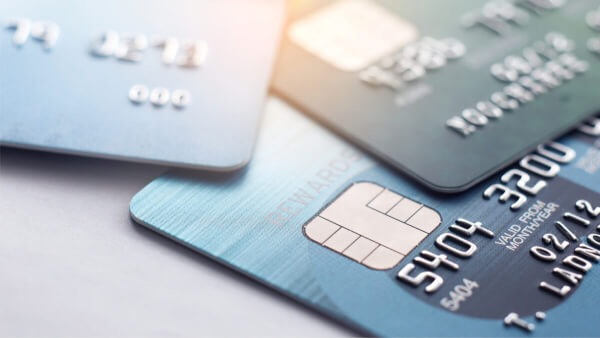
If you’re the owner of a business or run the finances of one, you might be considering business debit cards. These cards are usually connected to the...
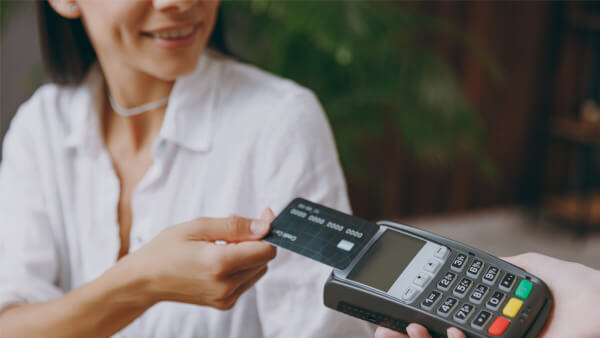
Wondering how PayPal Braintree payments works for accepting card payments, and what the fees and charges are? We got you covered in this article.